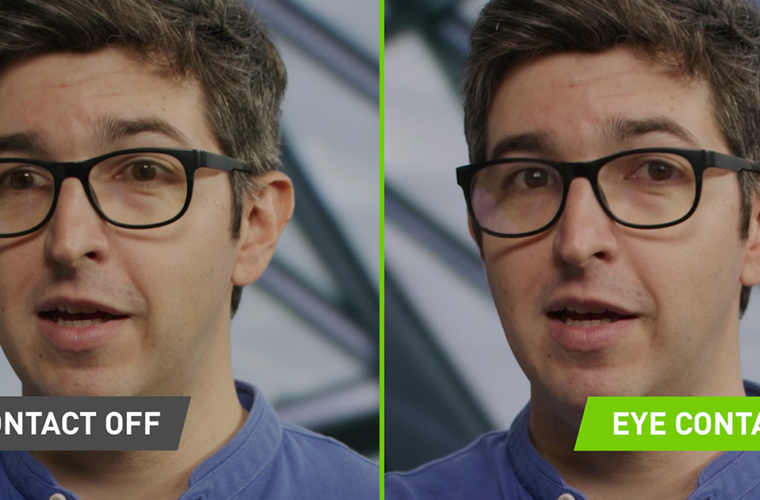Recent advancements in artificial intelligence mean deepfake detection and prevention must be a top law enforcement priority.
Deepfake technology is evolving and could be used for criminal activities and should be a top priority for police authorities.
This is the conclusion of a report entitled ‘Facing Reality? Law enforcement and the challenge of deepfakes’ published by the Europol Innovation Lab. The report, which draws its conclusions based on extensive desk research and in-depth consultation with law enforcement experts, provides a detailed overview of the illegal use of deepfake technology, alongside the challenges law enforcement faces in detecting and preventing the nefarious use of deepfakes. In simple terms, deepfakes are synthetic media in which a person in an existing image or video is replaced with someone else’s likeness.

The report provides a detailed overview of the illegal use of deepfake technology, including its potential use in serious crimes such as CEO fraud, evidence tampering, and the production of non-consensual pornography. It also elaborates on the challenges faced by law enforcement in detecting and preventing the nefarious use of deepfakes. It shows that law enforcement, online service providers, and other organizations need to develop their policies and invest in detection and prevention solutions for misinformation. Policymakers need to adapt to the changing technological reality as well.


The advancement of artificial intelligence and the public availability of large image and video databases facilitate the proliferation of crimes utilizing deepfake technology.
“Much of the deepfake content created today is identifiable through manual methods that rely on human analysts identifying telltale signs in deepfake images and videos. However, this is a labor-intensive task that is not actionable at scale. Accordingly, the report argues that law enforcement agencies must enhance the skills and technologies at officers’ disposal to keep pace with the illegal use of deepfakes. Examples of such new capacities range from the deployment of technical and organizational safeguards against video tampering to the creation of deepfake detection software that uses artificial intelligence,” said Europol in a written announcement about Europol Innovation Lab’s research.

A challenge for journalists
Deepfake videos are a big challenge for journalists and the media audience. Such videos are often used to mislead and spread fake news.
The International Center for Journalists (ICFJ) has started a series of webinars discussions with an emphasis on deepfake technology, the role of journalists, and which are the challenges for media outlets.
Sam Gregory, an award-winning technologist, media maker, and advocate who is a program director for the WITNESS – which helps people use video and technology to defend human rights – was among the trainers of these webinars. With his experience, he presented the main challenges of deepfakes and said that journalists and the media audience should be prepared and not panic. As he noted, deepfake technology is getting highly sophisticated. It can now be used to manipulate video and create a real voice or face of a human who never existed.
According to Gregory, to tackle deepfake technology, what is needed is to invest in equity in access to deepfakes detection skills and capacity from funders, journalism educators, and social media platforms. He also pointed out that investing in a standing media forensics expert capacity is needed to assess high-public-interest claims of deepfakes, including real deepfakes and instances where someone is using “liar’s dividend” to claim real footage is false and supporting open access and non-commercial tools.
Deepfake technology becomes mainstream
In his most recent music video for his song “The Heart Part 5,” Kendrick Lamar utilizes deepfake technology to morph into OJ Simpson, Kanye West, Jussie Smollett, Will Smith, Kobe Bryant, and Nipsey Hussle.
The music video begins with the quote, “I am. All of us,” and then Lamar stands in front of a red background and transforms into different people, adopting their likeness and traumas. The video has sparked a lot of discussion and concerns about how widespread the use of deepfake technology is now and whether it has become mainstream and more accessible than ever before.
It’s more than true that right now, users can easily produce their deepfake videos using only their mobile phones. Artificial Intelligence technology enables app developers to create user-friendly applications where everyone – no matter their technological skills – can produce misleading videos. Users can now make deepfake videos for fun or even for spreading fake news.
Today, deepfake technology could also be applied to so many different areas. For instance, a Tokyo-based startup uses deepfake technology to digitally make users look professional even when they had just rolled out of bed. Users need to download EmbodyMe’s app and upload professional photos of themselves. Using AI technology, the app generates a more polished version of their image, so users can attend Zoom and Teams meetings looking like they are in a full suit while still wearing pajamas.



